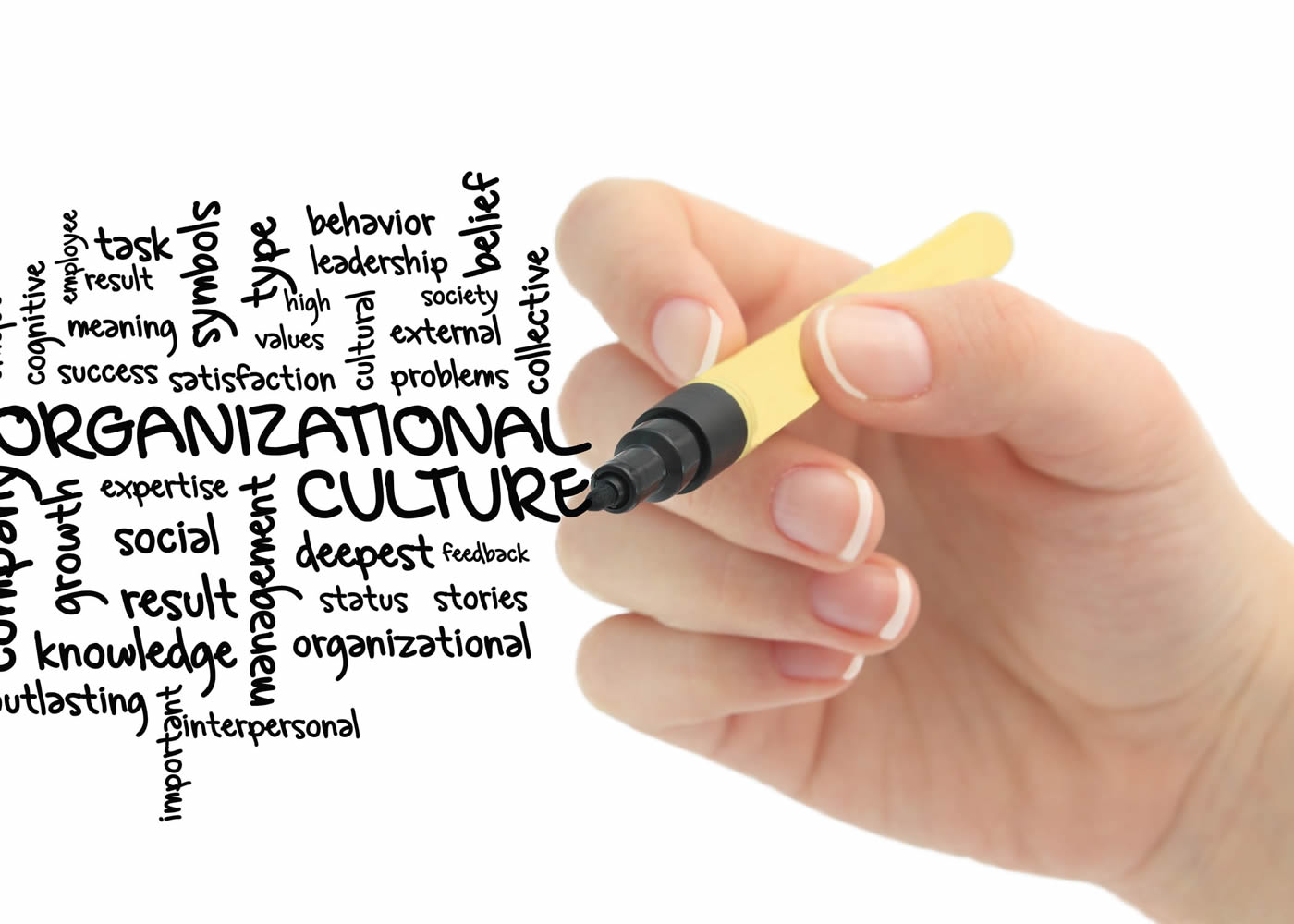Top Three EHS Culture Killers and How to Fix Them

Something that has always amazed me is our desire to draw boundaries around concepts, put things into boxes, and nail down requirements for something that is virtually impossible to solidify for any length of time. This is a particular challenge when it comes to defining a corporate culture: The very act of trying to define our culture tends to create silos, and these silos, in turn, can become what I call "culture killers". The following are perhaps the top three culture killers I've seen during my career.
- Siloed Cultures: As mentioned above, we create silos any time we try to define a culture subset (i.e. Safety/EHS Culture). It's hard to avoid this culture killer since there are so many external forces driving us to break things out separately. These external factors include management system guidelines and standards like ISO 14001, ISO 9001, and OHSAS 18001, which lead us think environmental, quality and safety all need to have separate management systems. Additionally, internal silos are often formed between departments that make it virtually impossible to have a strong organizational culture. This is evident when you compare a sales department who focuses on making the sale, vs. the customer service department who focuses on making the customer happy, to the companies' leaders who are focusing on the profit and loss statements. If every department doesn't understand how its cultures needs to cohabitate with the others, then often the organization's culture is either poor, or not fully understood.
- "Something First" Mentality: You will often hear "safety first", "the customer is always right", "quality is key", or "profit focused" when working for a company. The struggle with this is that these are never fully true. Sure, you could say "safety first", but if that were truly the case, wouldn't operations halt every time an operator called in sick for his shift, or an error alarm goes off? Sure, sometimes this happens, but I have yet to see it done for every single safety issue or concern. More times than not, exceptions or work-arounds are made to allow production to continue. And with regards to this and other statements mentioned above, if these aren't true 100 percent of the time, then simply saying them over and over can create distrust and hostility in the workplace (i.e.: 'Sure, safety is always first, until we're running behind schedule…'). This distrust in the company and hostility amongst the workforce is very deadly, and yet silent, culture killer.
- Incompetence: This is a tricky one! It's really hard to ensure everyone is competent at everything they are doing 100 percent of the time, but allowing incompetence in the workforce is one of the quickest ways to kill a culture. It can be said that it will take a lifetime to build a strong organizational culture, but only one culture killer to corrupt it. Often, we hire and promote people based on their stated experience, reputation and possible skills assessment. It is a common practice to promote people from within the organization, bring in external expertise to fix things when they are perceived to be broken and then juggle people like they are balls when there are signs of economic strife. All of these actions, though well intended, have the potential to be culture killers if not managed properly. I've personally witnessed poorly performing managers, who have longevity with a company, be moved into management roles at another location, or even promoted. I've also seen employees move up the ranks into roles where they have no knowledge or experience simply because they are friends with the boss. These actions may seem like a good idea at the time, but can significantly damage a company's ability to live up to its cultural expectations. As a wise man once said "It only takes one bad apple to ruin a bunch".
- Spend their time identifying the characteristics and traits that would make a company great: These may include: EHS performance, quality products/services, customer satisfaction, competent workers, leadership engagement, employee participation, defined expectations and compliance, assurance, accountability, risk management, and continuous improvement.
- Strategizing how to integrate all expectations into one cohesive plan that can be implemented and maintained throughout the lifetime of the company: This cohesive plan should take into consideration potential external and internal cultural influences and changes, and integrate lessons learned to prevent "culture killers". There are many culture killers that can appear at a time, which have the ability to completely undermine and override all efforts made to develop a strong Organizational Culture.
About the Author

Tabitha Laser
CH2M
Tabitha Laser is the Health and Safety Practice Leader with CH2M.
Over the past 23 years Tabitha has held EHS leadership roles with BP, ServiceMaster, 3M, General Mills, Charter Communications, and various other industry sectors. She is an ‘out of the box’ thinker who constantly strives to apply systematic fit-for-purpose solutions using practical and manageable approaches.

